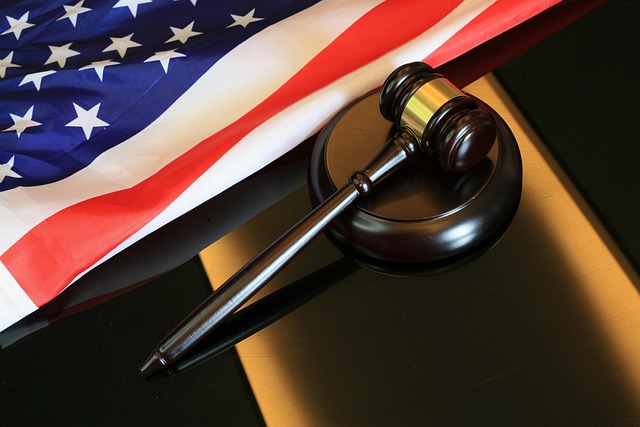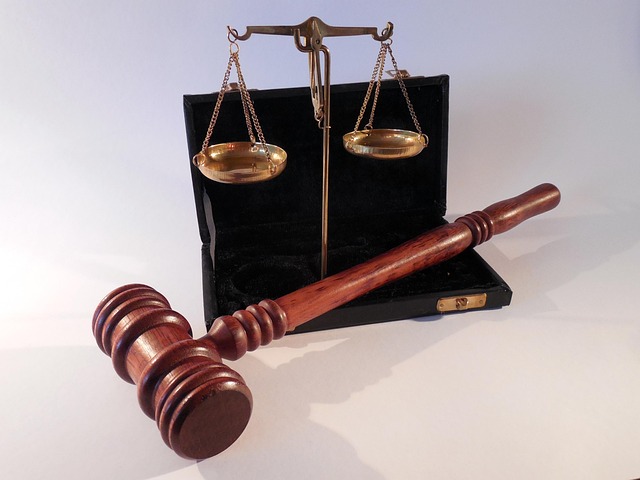Securities class actions require plaintiffs to meet stringent Legal Standards for Burden of Proof, demanding compelling evidence of defendant misconduct. This process, governed by white-collar crime principles, ensures accountability for corporate wrongdoing, compensating wronged investors and promoting fairness in financial markets. Notable cases like Intel Corp. and Sheppard v. Logan underscore the impact on corporations and investors alike.
Securities class actions play a pivotal role in protecting investors from corporate misconduct. This article delves into the intricate world of these legal battles, focusing on key aspects such as understanding securities class actions, the legal framework behind establishing liability, and the critical issue of the burden of proof under stringent legal standards. We explore real-world impact through case studies, providing insights into how these cases shape corporate governance and investor protections.
- Understanding Securities Class Actions
- Legal Framework: Establishing Liability
- The Burden of Proof in Detail
- Impact and Case Studies Reviewed
Understanding Securities Class Actions

Securities class actions are legal battles brought by investors who have suffered losses due to alleged misconduct or violations of securities laws within a respective business. These cases involve a group of investors, known as a class, who join forces to hold wrongdoers accountable and seek compensation for their collective damages. Understanding the Legal Standards for Burden of Proof is crucial in these actions. The plaintiffs must demonstrate that the defendants engaged in wrongdoing with persuasive evidence, meeting the required legal thresholds.
With an unprecedented track record of success, law firms specializing in these matters guide corporate and individual clients through complex litigation processes. Their expertise lies in navigating the intricate web of regulations and legal precedents to ensure the best possible outcomes for affected investors.
Legal Framework: Establishing Liability

Establishing liability in securities class actions is governed by a robust legal framework designed to protect investors from fraud and market manipulation. The process hinges on meeting the stringent legal standards for burden of proof, which requires plaintiffs to demonstrate that the defendants acted with scienter or at least recklessness. This means they must show that the accused had actual knowledge of their misconduct or displayed a high degree of negligence in failing to recognize it.
The Legal Standards for Burden of Proof vary across the country but generally align with principles governing white-collar and economic crimes. Plaintiffs must present compelling evidence, such as detailed records, expert testimony, and credible witnesses, to establish that the respective business engaged in wrongdoing. Successfully meeting this burden paves the way for holding defendants accountable and securing compensation for aggrieved investors.
The Burden of Proof in Detail

In securities class actions, establishing liability and determining damages involves navigating complex legal standards for the burden of proof. Plaintiffs must meet a high bar to prevail in these cases. The legal standards for the burden of proof require clear and convincing evidence that the defendant’s conduct violated applicable laws or regulations. This stringent requirement reflects the significant impact of such litigation on businesses and the markets they operate within.
An unprecedented track record of successful securities class actions across the country underscores the importance of robust evidentiary standards. Throughout all stages of the investigative and enforcement process, plaintiffs must demonstrate not just a possibility but a strong likelihood of wrongdoing. This meticulous approach ensures fairness and protects against baseless claims, fostering an environment where legitimate disputes can be resolved while deterring fraudulent activities.
Impact and Case Studies Reviewed

The impact of securities class actions is profound, reshaping the dynamics between corporations and their investors. These lawsuits, often driven by perceived misconduct or violations of legal standards for burden of proof, can lead to substantial financial settlements and changes in corporate governance. Case studies reveal that successful class actions not only compensate harmed investors but also send strong signals to companies, encouraging them to uphold higher ethical standards and comply with regulatory requirements.
For instance, prominent cases like In re Intel Corp. Sec. Litig. (2013) have established precedents for holding executives accountable for misleading statements, underscoring the importance of transparency and accuracy in financial disclosures. Similarly, Sheppard v. Logan (2017) highlighted the rights of individual clients to seek justice against corporations for securities fraud, demonstrating that both corporate and individual clients are protected under these legal standards. The outcomes of such cases not only provide remedies for aggrieved parties but also shape the respective business environments by promoting fairness and accountability in financial markets.
Securities class actions play a crucial role in holding corporations and individuals accountable for fraudulent or illegal activities. Understanding the legal framework, particularly the standards for burden of proof, is essential for both plaintiffs and defendants. By examining case studies and reviewing impact, we can appreciate the evolving landscape of securities litigation. Legal standards for burden of proof are continually being refined to ensure fairness and efficiency, reflecting the dynamic nature of financial markets and investor protection efforts.






